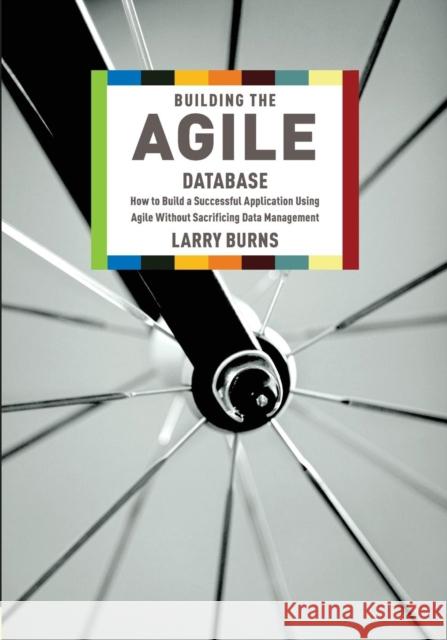Building the Agile Database: How to Build a Successful Application Using Agile Without Sacrificing Data Management » książka
Building the Agile Database: How to Build a Successful Application Using Agile Without Sacrificing Data Management
ISBN-13: 9781935504153 / Angielski / Miękka / 2011 / 276 str.
Building the Agile Database: How to Build a Successful Application Using Agile Without Sacrificing Data Management
ISBN-13: 9781935504153 / Angielski / Miękka / 2011 / 276 str.
(netto: 180,82 VAT: 5%)
Najniższa cena z 30 dni: 189,34
ok. 16-18 dni roboczych
Dostawa w 2026 r.
Darmowa dostawa!
Is fast development the enemy of good development? Not necessarily. Agile development requires that databases are designed and built quickly enough to meet fast-based delivery schedules -- but in a way that also delivers maximum business value and reuse. How can these requirements both be satisfied? This book, suitable for practitioners at all levels, will explain how to design and build enterprise-quality high-value databases within the constraints of an Agile project.Starting with an overview of the business case for good data management practices, the book defines the various stakeholder groups involved in the software development process, explains the economics of software development (including "time to market" vs. "time to money"), and describes an approach to Agile database development based on the five PRISM principles.This book explains how to work with application developers and other stakeholders, examines critical issues in Agile Development and Data Management, and describes how developers and data professionals can work together to make Agile projects successful while delivering maximum value data to the enterprise.Building the Agile Database will serve as an excellent reference for application developers, data managers, DBAs, project managers, Scrum Masters and IT managers looking to get more value from their development efforts. Among the topics covered:
- Why Agile is more than just the latest development fad
- The critical distinction between the logical and physical views of data
- The importance of data virtualization, and how to achieve it
- How to eliminate the "object-relational impedance mismatch"
- The difference between logical modeling and physical design
- Why databases are more than "persistence engines"
- When and how to do logical modeling and physical design
- Use of the logical data model in model-driven development
- Refactoring made easier
- Developing an "Agile Attitude"
Is fast development the enemy of good development? Not necessarily. Agile development requires that databases are designed and built quickly enough to meet fast-based delivery schedules — but in a way that also delivers maximum business value and reuse. How can these requirements both be satisfied? This book, suitable for practitioners at all levels, will explain how to design and build enterprise-quality high-value databases within the constraints of an Agile project.Starting with an overview of the business case for good data management practices, the book defines the various stakeholder groups involved in the software development process, explains the economics of software development (including “time to market” vs. “time to money”), and describes an approach to Agile database development based on the five PRISM principles.This book explains how to work with application developers and other stakeholders, examines critical issues in Agile Development and Data Management, and describes how developers and data professionals can work together to make Agile projects successful while delivering maximum value data to the enterprise.Building the Agile Database will serve as an excellent reference for application developers, data managers, DBAs, project managers, Scrum Masters and IT managers looking to get more value from their development efforts. Among the topics covered:
- Why Agile is more than just the latest development fad
- The critical distinction between the logical and physical views of data
- The importance of data virtualization, and how to achieve it
- How to eliminate the “object-relational impedance mismatch”
- The difference between logical modeling and physical design
- Why databases are more than “persistence engines”
- When and how to do logical modeling and physical design
- Use of the logical data model in model-driven development
- Refactoring made easier
- Developing an “Agile Attitude”











